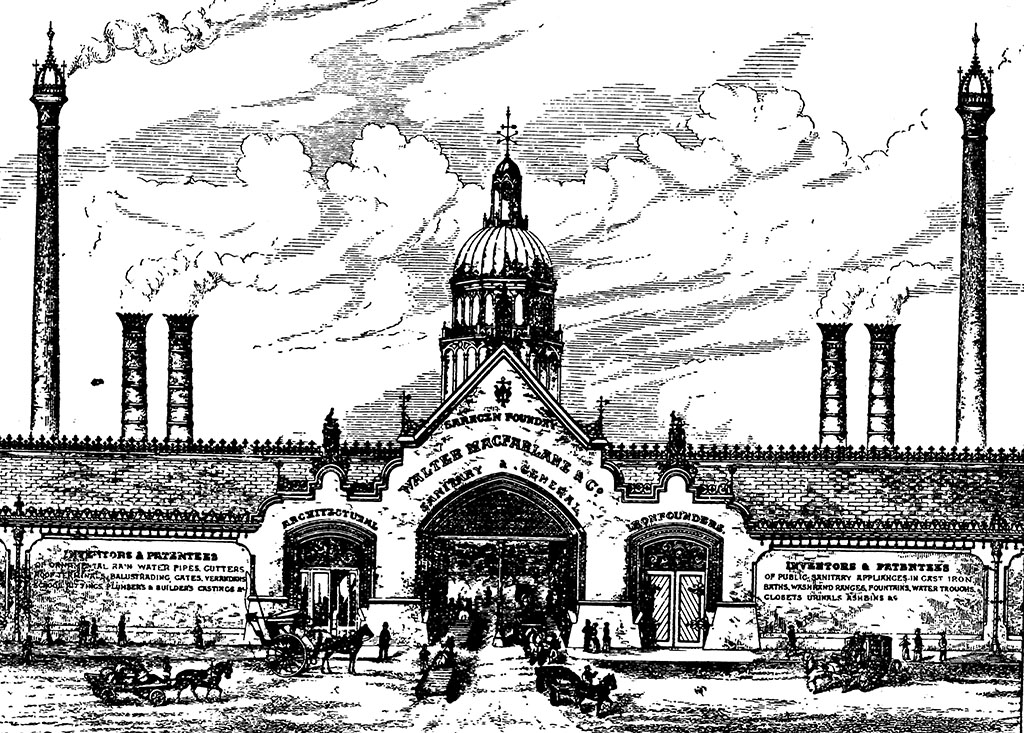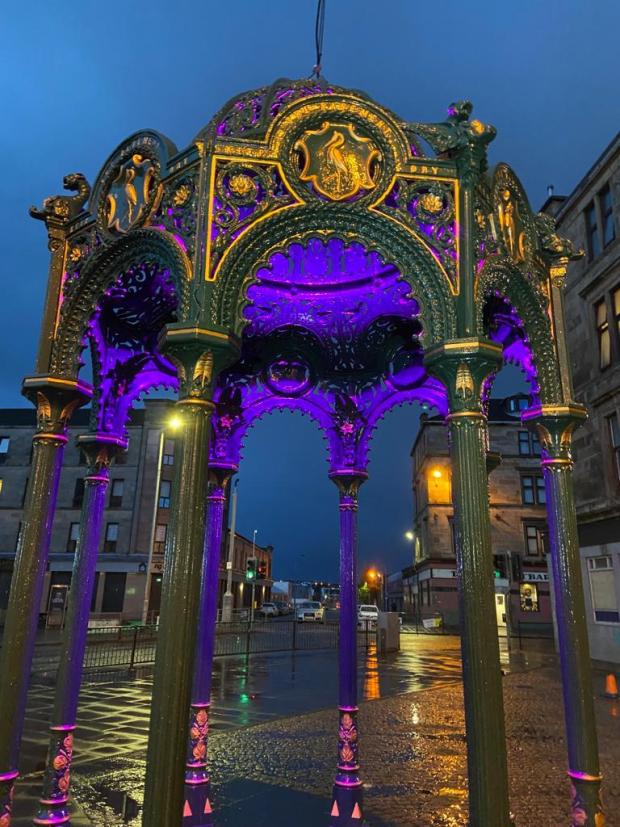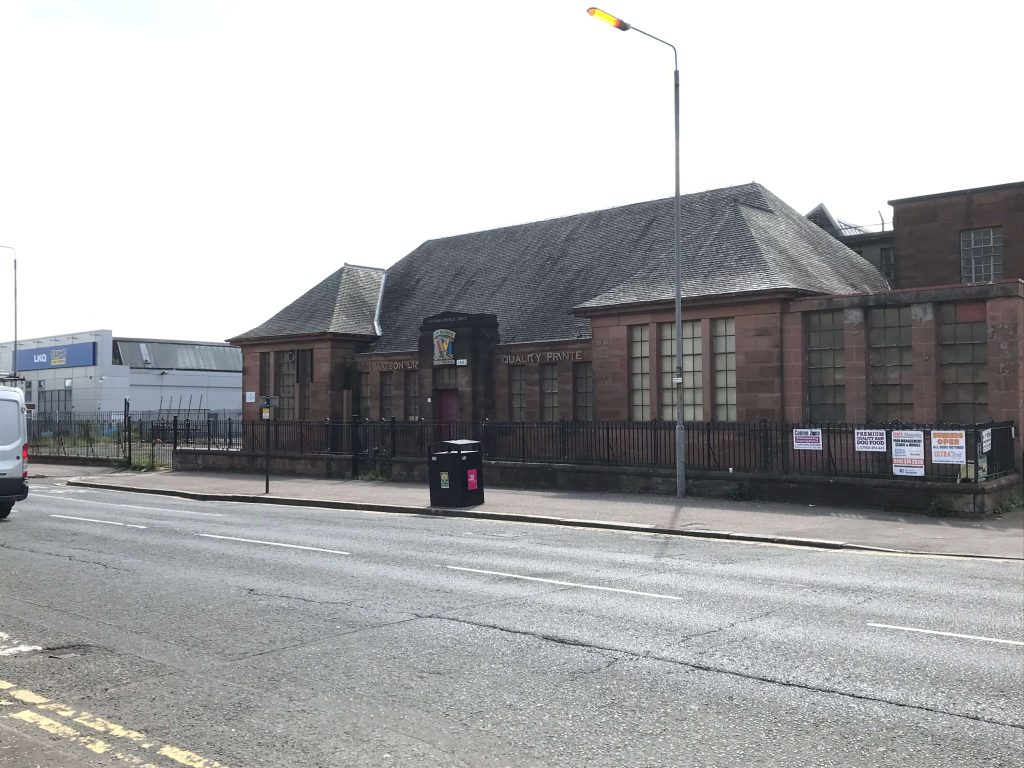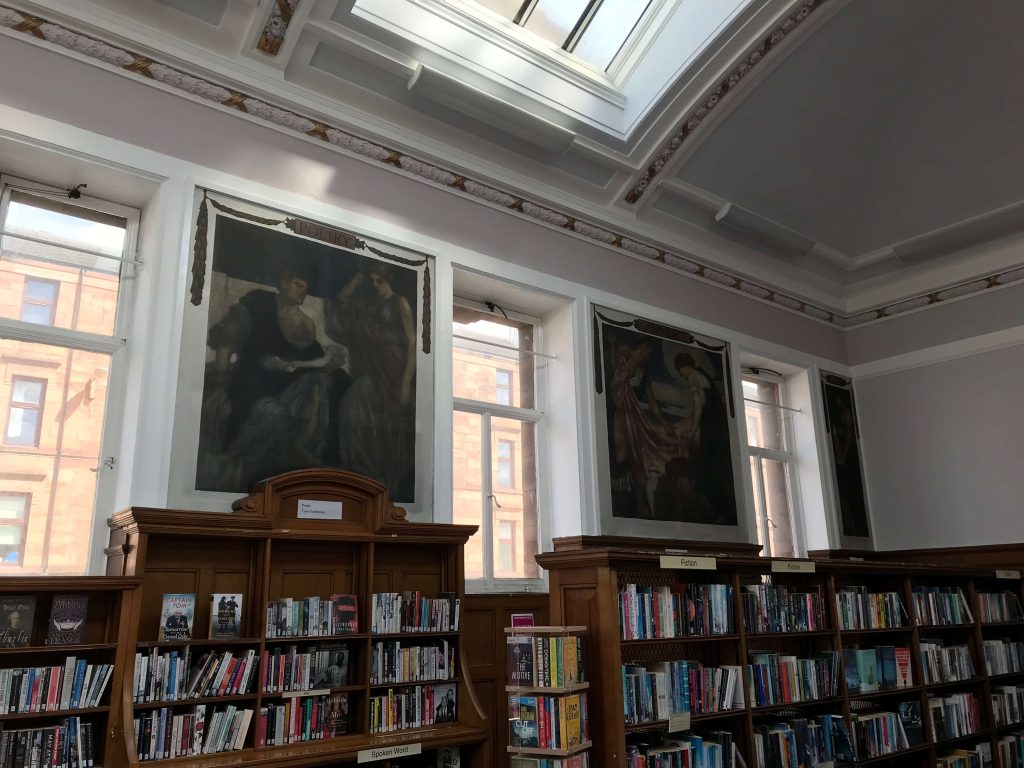The History of Saracen Street
For hundreds of years, the area in the North of Glasgow now known as Possilpark was a country estate.
This was until the mid-1860s, when Walter MacFarlane of W MacFarlane & Co. Ltd who was looking to extensively expand his Saracen Foundry company purchased 100 acres of the estate, on which to build a vast new works.

It was MacFarlane who renamed the estate Possilpark, which grew from a population of 10 people in 1872 to 10,000 by 1891, leading to the area being incorporated into the city officially.
MacFarlane oversaw the redesign of the estate, removing all of the woodlands and after creating railway access to his foundry, he laid out the rest of the parkland as a grid plan of streets and tenements, including naming the main street running through the new suburb “Saracen Street”.
W MacFarlane & Co. Ltd was the most important manufacturer of ornamental ironwork in Scotland creating a series of decorative iron works, from railings and water fountains to park bandstands many of which can still be found across Britain today.
A culmination of the collapse of the British Empire, the move away from steam power and the development of new designs and materials resulted in a dramatic decline in orders for the Foundry’s iconic cast iron designs. As a result of this, the company moved into standard foundry work, including being one of five foundries casting Sir Giles Gilbert Scott’s classic K6 telephone box for Post Office Telephones.
After a take over of the company in 1965, the works closed and the infrastructure was demolished in 1967. The previous foundry site is now occupied by a number of commercial firms, including Allied Motors.
Saracen Cross Drinking Fountain Canopy

Located on Millenium Square at Saracen Cross the canopy was restored by Heritage Engineering to commemorate Walter MacFarlane, & Co. Ltd’s important place in Glasgow’s history.
Seated on a two-tiered octagonal plinth, the canopy is painted in green and gold, the colours of Glasgow City Council, and features decorative birds, foliage and the helpful instruction – “keep the pavement dry”.
The former Askit factory

The factory, currently occupied by the printing firm Gavin Watson, was originally purpose built for the production of Askit Powders, a brand of headache relief.
The original production from the site was 20,000 powders per year. After an expansion of the factory, opened by Lord Provost Alexander Swan in the 1930s, followed by a campaign to begin sales abroad, production grew to 20 million a year by 1945.
Possilpark Library
Designed by Architect George Simpson, Possilpark Library was built on land donated by Walter MacFarlane using funds from philanthropist Andrew Carnegie to complete the programme of branch libraries in Glasgow.
The library was officially opened to the public on the 15th of March 1913 by the Lord Provost, Daniel Macauley Stevenson.
Internally, the library is decorated with four large murals all painted by Glasgow School of Art students. Although they are now over 100 years old, they are still in great condition and can be viewed in the library ‘reading room’. The murals depict Commerce, Poetry, Geography and Astronomy.
